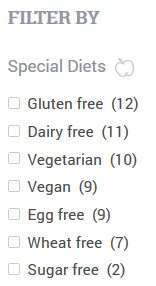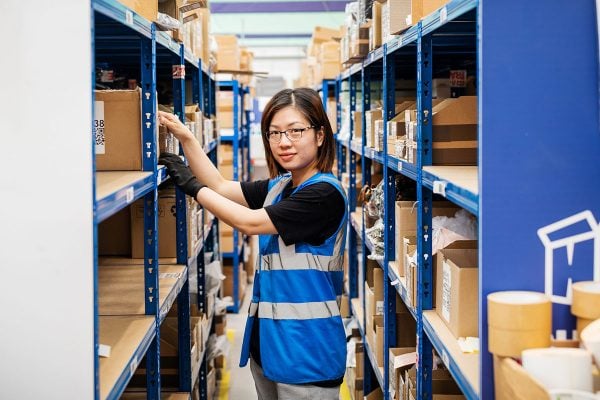 Today I had the pleasure of accompanying a couple of foodie retailers to a Yumbles Meetup to hear what’s happening with the marketplace and Yumble’s plans for the rest of the year.
Today I had the pleasure of accompanying a couple of foodie retailers to a Yumbles Meetup to hear what’s happening with the marketplace and Yumble’s plans for the rest of the year.
Yumbles Growth
Yumbles are growing at a phenomenal pace and now have some 400 producers selling on the platform with over 4000 products listed. Yumbles were keen to point out that they’re still somewhat of a curated platform, not that they’d ever turn away a fantastic food producer, but that they tactically target categories for makers when their is more demand than supply and tend not to recruit for categories which already have more suppliers until the demand has increased.
Yumbles want their producers to win business and don’t want to flood the marketplace until no one is making enough money for it to be a worthwhile exercise. As with all marketplaces it’s very much a ‘chicken and the egg’ situation, they need products to attract buyers and need buyers to keep their retailers happy.
There are three things that Yumbles are focusing on which are of great interest, not just to Yumbles food producers, but lessons that can translate to sellers on marketplaces in other verticals. Unsurprisingly the first which we’re going to focus on today is structured data.
Yumbles and Structured Data
 Yumbles are focusing heavily on product data for a number of reasons. Obviously it helps in search engine rankings, but it also assists buyers to narrow down their search on Yumbles to find the products of interest.
Yumbles are focusing heavily on product data for a number of reasons. Obviously it helps in search engine rankings, but it also assists buyers to narrow down their search on Yumbles to find the products of interest.
As well as finding products in search, Yumbles display structured data as tags on each product page. Clicking a tag brings you up a range of products and may assist in your product being found by a buyer who originally looked for a product in a totally different category. A buyer may have been looking at cakes, clicked a tag for Christmas Gifts and then found a cheese hamper to purchase, even if they’d never previously considered browsing the cheese category.
There is also a lot of PR work that Yumbles do and many times requests from journalists are at very short notice. By tagging products the marketing team can very quickly identify suitable products to pick from which has often resulted in different makers being highlighted in specialist foodie magazines and even national papers in their lifestyles sections.
Two types of structured data
There are two main sets of data which Yumbles want from their producers – Life style attributes and product data.
Lifestyle quality
People who shop on Yumbles often do so because they’re aspirational and wish to live life to a certain quality.
Yumbles want to make it easy for people to find food to the quality they want, be that all natural products or a low impact on the environment. There might be many beautifully presented cakes available on the market, but were they made with free range eggs and organic flour? These are all lifestyle attributes that Yumbles want to highlight.
Product Attributes
Product attributes are something that sellers on every marketplace will be familiar with, although perhaps we know them as Item Specifics, vital information or keywords.
On Yumbles the product attributes may include Gluten Free, Dairy Free, Vegetarian or Vegan. There will also be more product specific attributes, for instance a steak could be Meat, Beef, Sirloin or Rump.
Why is Structured Data important?
So you don’t sell food and you don’t care about the difference between vegetarian and vegan. That’s fine, but some people do and that’s why structured data matters so much.
Regardless of the products you sell and which verticals you operate in (even food), structured data is how the world will order products, help buyers find products and how search engines will decide whether to present your item to a potential buyer or to offer a competitors.
There is simply so much choice available on the Internet today that there has to be a way to determine the best search results and computers love structured data as it helps them catalogue and rank products much more easily than free text descriptions. Even if all your keywords are in your product description, adding keywords in structured data fields is a must for every marketplace seller today.










2 Responses
“a steak could be Meat, Beef, Sirloin or Rump.”
What is “Meat” in the above context? Priceless.
are you guys feeling okay?
ignoring the multiple spelling mistakes, thats just a painful read.
if it was a third year school report i’d have some constructive criticism, but for a pair of ‘professional’ writers….